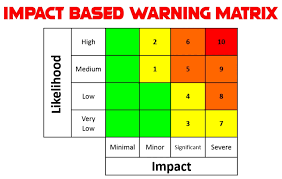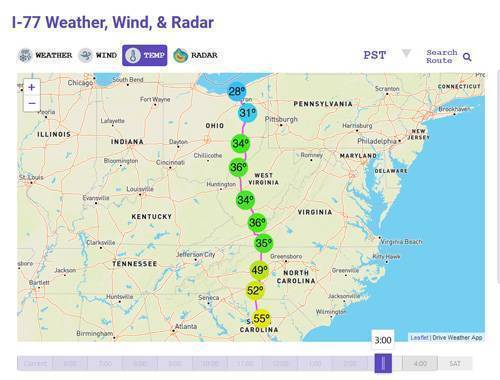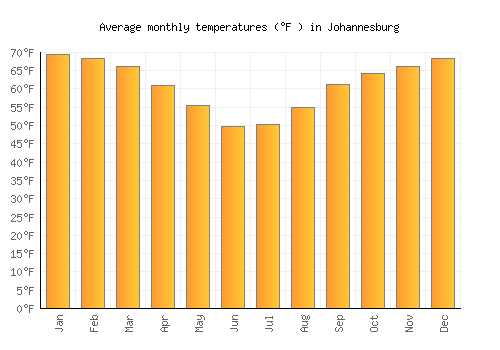Introduction
Weather warnings in South Africa are becoming increasingly important as extreme weather events, such as thunderstorms, floods, and droughts, are on the rise. These warnings serve not only as critical alerts for public safety but also provide essential information for proper planning and disaster management. With South Africa’s diverse climate and geographical challenges, understanding these warnings can significantly impact communities, businesses, and individual safety.
Recent Weather Events and Warnings
In late September 2023, South Africa’s weather service issued multiple warnings across various provinces due to the predicted arrival of severe thunderstorms and heavy rainfall. Provinces like KwaZulu-Natal and the Eastern Cape faced the most significant risks, with forecasts indicating flash floods, damaging winds, and localized downpours.
The South African Weather Service (SAWS) utilizes a colour-coded warning system to indicate the severity of weather conditions. From yellow for general awareness to red for extreme conditions, these alerts help citizens prepare for impending weather threats. Following these warnings can minimize risks and help individuals take the necessary precautions.
Impact on the Community
Extreme weather can lead to devastating consequences, including infrastructure damage, loss of life, and disruption of essential services. For instance, in recent events, heavy rains have led to road closures and disruptions in public transport across affected areas. Communities are advised to remain vigilant, monitor local news updates, and heed any evacuation orders issued by authorities.
Future Forecasts and Preparedness
Looking ahead, climate experts emphasize the growing need for heightened awareness and preparation for extreme weather events in South Africa. Climate change is exacerbating the frequency and intensity of such incidents, making proactive measures even more crucial. Public education campaigns, along with investment in weather monitoring and response systems, are essential for enhancing community resilience against climate-related disasters.
Conclusion
Understanding and responding to South Africa’s weather warnings is vital for safeguarding lives and property. As the nation confronts increasing climatic challenges, staying informed and prepared is paramount. Citizens should engage with local weather services, utilize technology for real-time alerts, and participate in community preparedness initiatives. Together, we can mitigate the impacts of severe weather and build a safer future for all South Africans.


